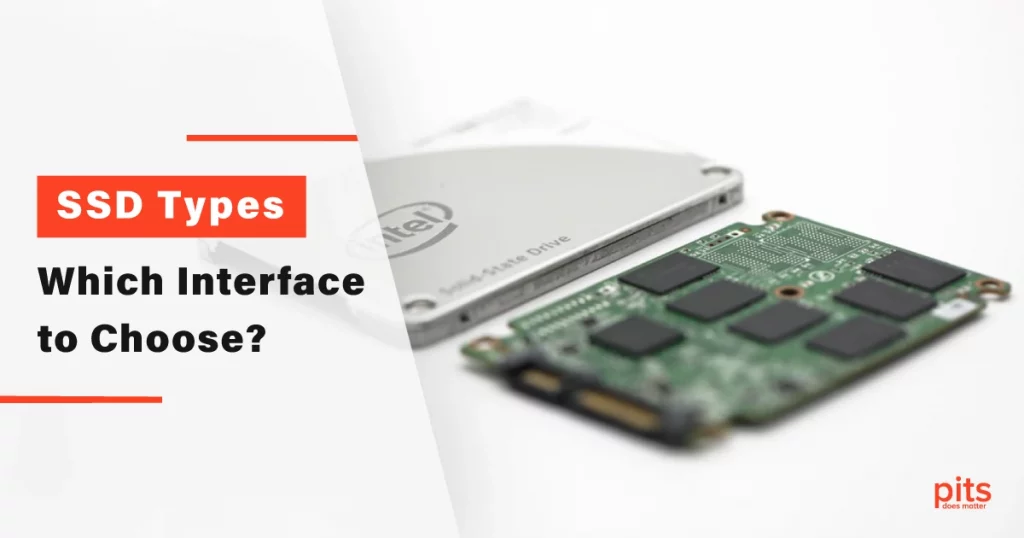Solid State Drives (SSDs) have been gaining popularity in recent decades because of their ability to deliver high-speed data transfer and storage capabilities. Compared to traditional hard disk drives (HDDs), solid-state drives (SSDs) offer faster read/write speeds, lower power consumption, and higher durability. In this article, our team will explore what SSDs are, how they work, and the different types of SSD drives available in the market.
What is SSD?
An SSD is a data storage device that uses flash memory to store files persistently. Unlike traditional hard disk drives that store data on spinning disks, SSDs use NAND-based flash memory to store data on a non-volatile chip. This means that even when the power is turned off, the data remains intact on the chip.
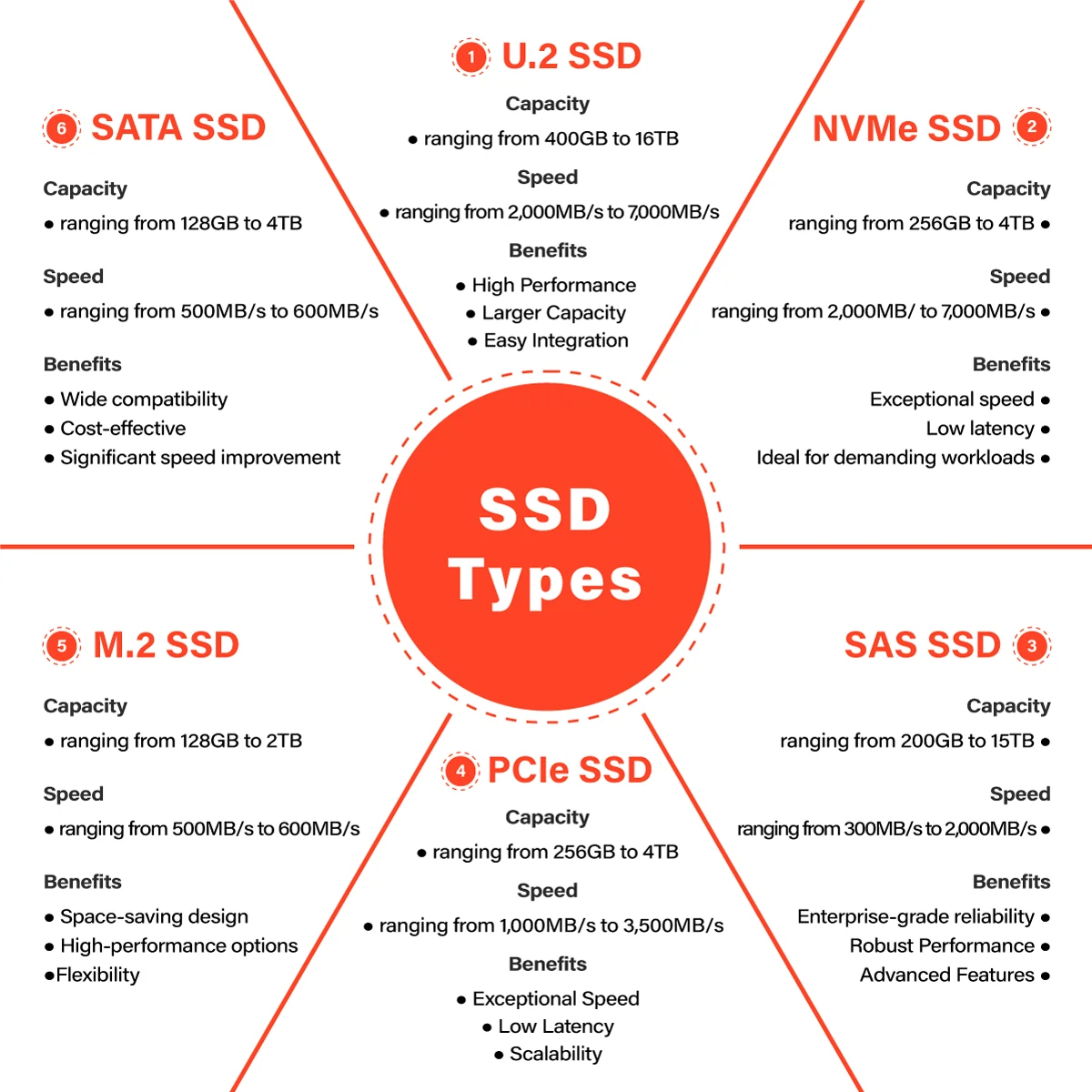
How Does an SSD Work?
An SSD works by storing data on a NAND-based flash memory chip. The data is stored on a grid of cells, where each cell represents a bit. When data is written to an SSD, the bits are written to the cells in a programming process.
To read the data, the SSD reads the voltage level of each cell, which represents the bit value. Since no moving parts exist in an SSD, data can be accessed and transferred much faster than on traditional hard drives.
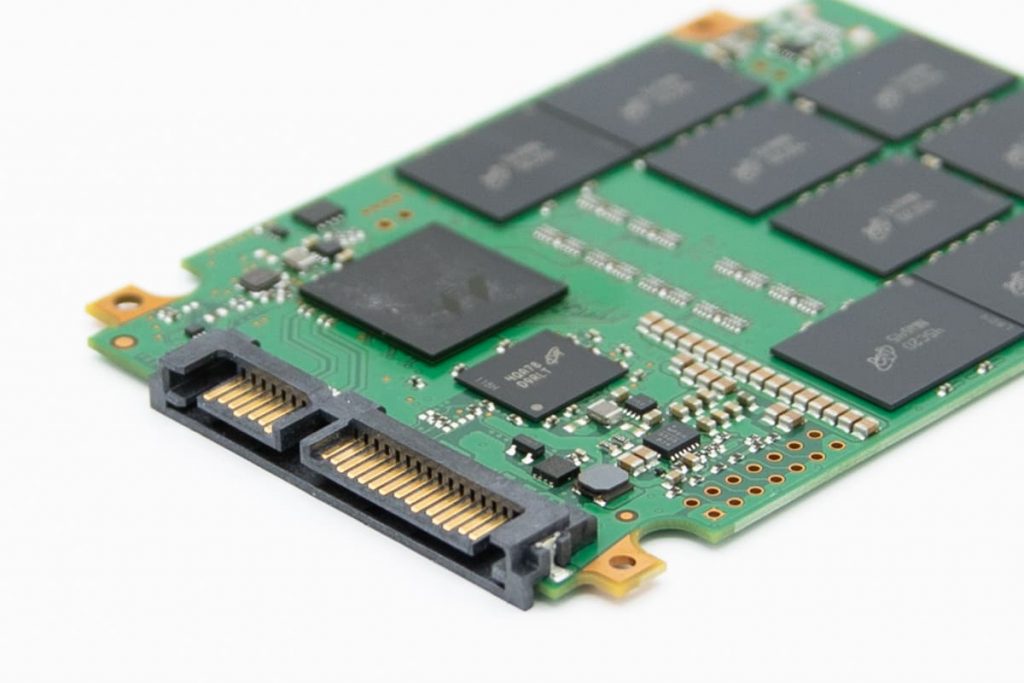
What are the SSD Drive Types?
There are several types of SSDs available in the data storage market, each with its unique set of features, performance, and price point. Below we note some of the most common types of SSD drives:
SATA SSD
SATA SSDs are the most common type of SSDs available in the market today. They use the Serial ATA (SATA) interface to connect to a computer’s motherboard. SATA drives offer high read and write speeds, making them suitable for everyday computing tasks such as browsing the web, editing documents, and watching videos. They are also available in various capacities, ranging from 128GB to 4TB.
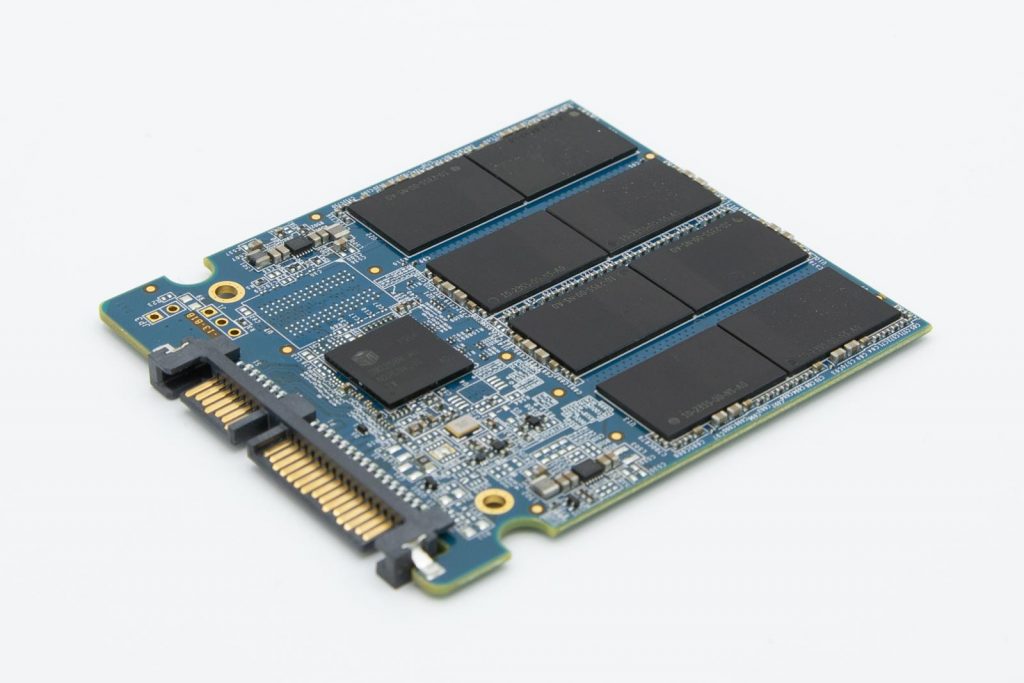
NVMe SSD
NVMe (Non-Volatile Memory Express) SSDs are the fastest type of SSDs available in the market today. They use the PCIe (Peripheral Component Interconnect Express) interface to connect to a computer’s motherboard, providing faster read\write speeds than SATA SSDs. NVMe SSDs are suitable for high-end computing tasks such as gaming, video editing, and data processing. They are also available in various capacities, ranging from 256GB to 4TB.
M.2 SSD
M.2 SSDs are small form factor SSDs that use the PCIe interface to connect to a computer’s motherboard. They are designed to be installed directly on the motherboard, saving space and improving airflow inside the computer case. M.2 SSDs are available in various lengths and widths, the most common being the 80mm length and the 22mm width. They are suitable for ultra-thin laptops and compact desktops, where space is at a premium.
U.2 SSD
U.2 SSDs are enterprise-grade SSDs that use the PCIe interface to connect to a computer’s motherboard. They are designed for data centers and other high-end computing environments where performance and reliability are critical.
U.2 SSDs offer high read and write speeds and advanced features such as power-loss protection and end-to-end data protection. They are available in various capacities, ranging from 400GB to 16TB.
SAS SSD
SAS (Serial Attached SCSI) SSDs are enterprise-grade SSDs that connect to a computer’s motherboard using the SAS interface. They are designed for data centers and other high-end computing environments where performance and reliability are critical.
SAS SSDs offer high read and write speeds, as well as advanced features such as power-loss protection and end-to-end data protection.
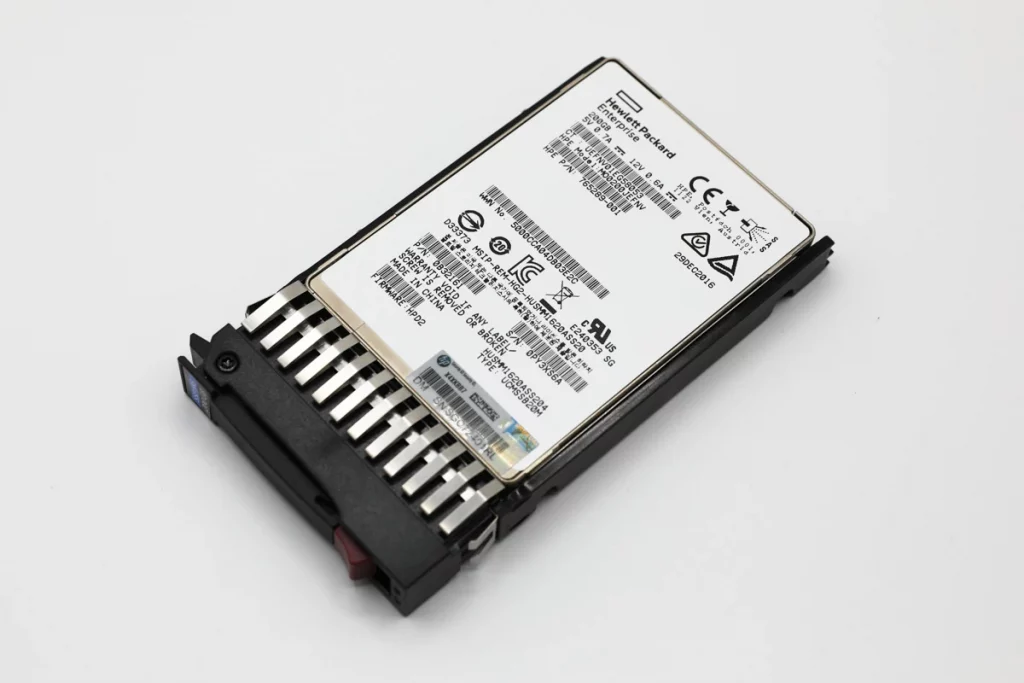
They are also hot-swappable, meaning they can be replaced while the system is still running, reducing downtime. SAS SSDs are available in various capacities, ranging from 200GB to 15TB.
PCIe SSD
PCIe SSDs are SSDs use the PCIe interface to connect to a computer’s motherboard. They offer faster read and write speeds compared to SATA SSDs and are suitable for high-end computing tasks such as gaming, video editing, and data processing. PCIe SSDs are available in various capacities, ranging from 256GB to 4TB.
SSDs are a great option for users who want faster read and write speeds, lower power consumption, and higher durability compared to traditional hard disk drives. There are several types of SSDs available in the data storage market, each with its unique set of features, performance, and price point.
When choosing an SSD, it is important to consider factors such as performance, capacity, and price, as well as compatibility with your computer’s motherboard. Overall, SSDs are a worthwhile investment for users who want to improve their computer’s performance and storage capabilities.
Frequently Asked Questions
What are the different interfaces available for SSDs?
The most common interfaces for SSDs are SATA, PCIe, and NVMe.
What is SATA?
SATA (Serial ATA) is a widely used interface for connecting storage devices such as hard drives and SSDs to a computer. It offers decent performance and is compatible with most computers and motherboards.
What is PCIe?
PCIe (Peripheral Component Interconnect Express) is a high-speed interface primarily used for connecting expansion cards, but it’s also utilized for SSDs. PCIe SSDs offer significantly faster data transfer rates compared to SATA SSDs.
What is NVMe?
NVMe (Non-Volatile Memory Express) is a protocol designed specifically for SSDs to maximize their performance. NVMe SSDs use the PCIe interface but provide even faster speeds by leveraging the parallelism of flash memory.
Which interface should I choose for my SSD?
The choice of interface depends on your requirements and the capabilities of your computer. If your computer supports PCIe and NVMe, it is recommended to go for NVMe SSDs for the best performance. However, if your computer only supports SATA, then a SATA SSD would be a suitable choice.
Are there any compatibility issues to consider?
Yes, compatibility is an important factor. SATA SSDs are compatible with most computers and motherboards. PCIe SSDs require a compatible PCIe slot, which may not be available on all systems. NVMe SSDs require both a compatible PCIe slot and NVMe support in the system’s BIOS.
Are there any other factors to consider when choosing an SSD interface?
Yes, apart from compatibility, you should also consider your storage needs and budget. NVMe SSDs generally offer the best performance but can be more expensive than SATA SSDs. If you require fast storage for tasks like gaming, content creation, or heavy data processing, investing in NVMe SSDs might be worth it. However, for general everyday use, SATA SSDs can still provide a significant improvement over traditional hard drives.
